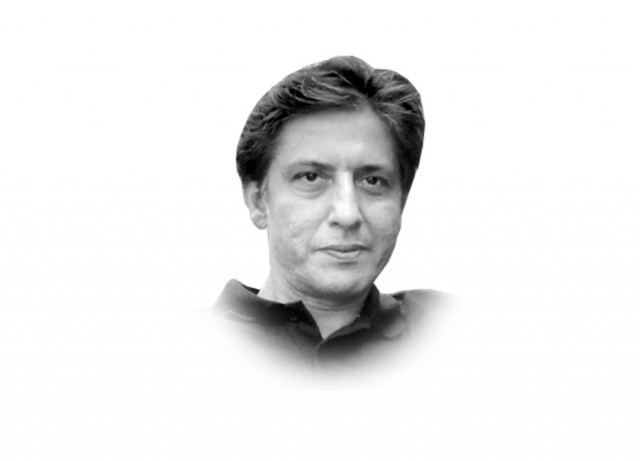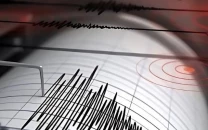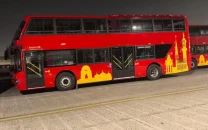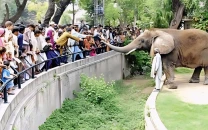Staying one step ahead
Two modi operandi of local terrorist groups should now be obvious following the Karachi attack.

This newspaper reported that the CCTV cameras just outside the CID building could not record video because the Karachi Electric Supply Corporation (KESC) had cut off power to the Central Police Office where a control room monitors CCTV feeds from cameras installed outside sensitive buildings. This would be the stuff of stand-up comedy were the issue not so grave. Who should be blamed, the police department for not paying its electricity bills or KESC for cutting off power supply to an office which is supposed to be monitoring illegal activities and movement?
Of course, government departments should pay their bills. But if they default, whatever be the reason(s), shouldn’t power supply companies exercise discretion regarding which office the power supply can be cut off to and which not?
Having said this, would someone tell me why the police department hadn’t paid its bills? Can we afford such idiocies anymore? But let’s move on from this absurdity to some more.
Two modi operandi (MO) of terrorist groups should now be obvious. One, where it is relatively difficult for them to break through the inner security cordon, they will use a high volume of high explosives (880/1000 kg) to ensure that an explosion, even from a distance, can cause terrible damage. They will also use storm troopers for a firefight to make way for the explosives-laden vehicle(s) to do maximum damage.
The second MO is that if and when their cadres are captured, especially in cases where interrogation could lead to important breakthroughs, terrorist groups are likely to mount an attack to either free the captured terrorists or kill them along with the security forces personnel.
This would mean that buildings/safe-houses that are used to keep captured terrorists must either be kept secret or, if they are overt, be secured against the possibility of an attack that uses storm troopers in the first phase to clear the area of obstacles and then employs high-volume high explosives to deliver the coup de grace. Such buildings should therefore not be located close to other important buildings and installations; the constructed area should have a broad perimeter around it; it should be secured with blast-proof walls; and its approaches should have multiple obstacles with layered manned defence against storm troopers.
Unless we can have such buildings, it is important to ensure that high-value captured terrorists are kept at secret locations rather than taken to an overtly defined and not-adequately-secured building. When the Lahore police captured an injured terrorist involved in the attack on one of the Ahmedi places of worship earlier this year, he was kept at one of the city’s major hospitals with absolutely inadequate security. The hospital was attacked and it was only bad luck that didn’t allow the attackers to either kill the injured terrorist or spring him.
Security forces personnel need to understand that they are dealing with groups who are (a) highly motivated and (b) highly trained.
Take the example of the CID building attack. Just a day earlier, the police had announced capturing six terrorists. One top police officer in Karachi has dismissed the possibility that the attack was mounted to kill or spring these people, arguing that such an attack could not have been planned within 24 hours. Sure, but there are two other issues here. One, the police normally does not announce the capture of terrorists immediately; usually, they take a few days, sometimes weeks and the public is informed after the initial interrogation has been completed. The groups, of course, know their people have been captured and they can use this time to plan an attack.
The other possibility is what is known as target acquisition. The group(s) can identify high-value targets, recce them, plan an attack and wait for the time when they need to actually mount one. In this scenario, an attack plan on the CID building was already in place. In which case, it would take only 24 to 48 hours to operationalise it.
We are fighting an irregular war; we need to be smarter than the adversary.
Published in The Express Tribune, November 15th, 2010.
















COMMENTS
Comments are moderated and generally will be posted if they are on-topic and not abusive.
For more information, please see our Comments FAQ